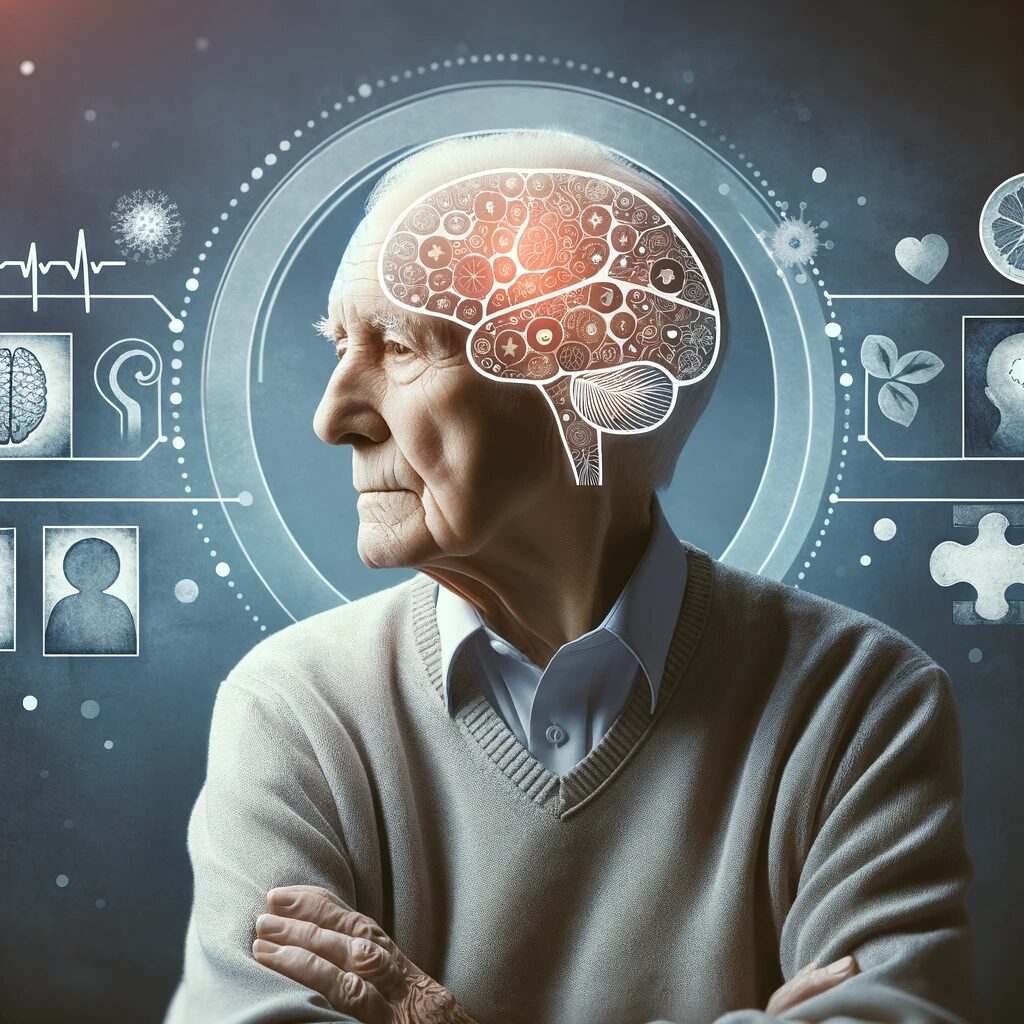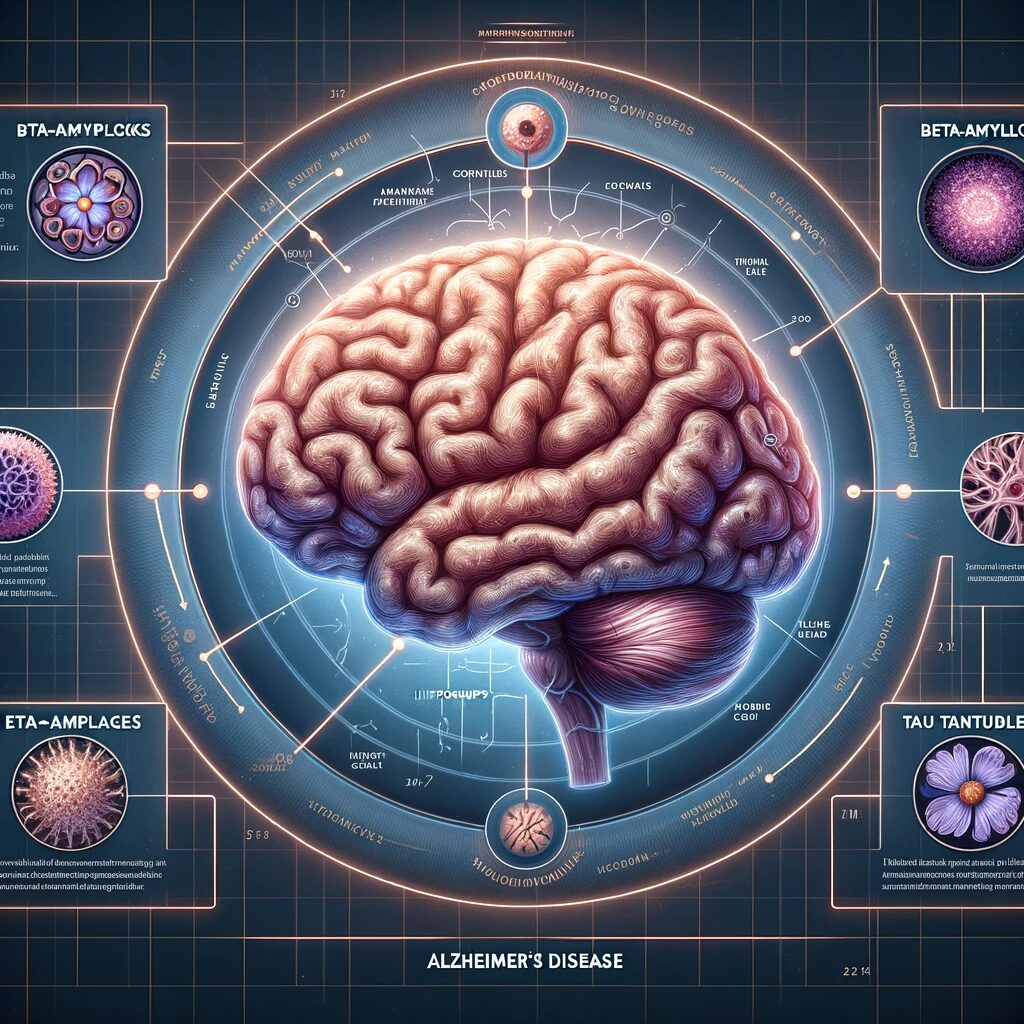
Alzheimer’s disease is a progressive neurological disorder that predominantly affects the elderly, leading to memory loss and cognitive decline. Early detection is crucial for managing its symptoms and planning for care. This post delves into the signs and symptoms of Alzheimer’s, offering guidance for early detection.
Understanding Alzheimer’s Disease
Alzheimer’s disease is the most common cause of dementia among older adults. It is characterized by the degeneration and death of brain cells, which leads to a steady decline in memory and cognitive function. Although the exact cause of Alzheimer’s is still unknown, it is associated with brain protein dysfunctions.
What Happens in the Brain

In Alzheimer’s, brain cells degenerate and die, causing a steady decline in memory and mental function. This process is associated with the buildup of abnormal proteins around brain cells. The most common are beta-amyloid plaques and tau tangles, which disrupt the communication between neurons and trigger a series of toxic events. Neurons lose their ability to function and communicate with each other, and eventually die.
Risk Factors and Causes
While the exact cause of Alzheimer’s is unknown, several factors increase the risk of developing the disease. These include:
- Age: The greatest known risk factor is increasing age, most commonly affecting those over 65.
- Genetics: Family history and genetics play a role. Specific genes have been identified that increase the risk.
- Lifestyle and Heart Health: Factors that increase heart disease risk can also increase Alzheimer’s risk. These include lack of exercise, obesity, smoking, high blood pressure, and high cholesterol.
- Head Trauma: There’s a link between serious head trauma and future risk of Alzheimer’s.
- Poor Sleep Patterns: Emerging research suggests a correlation between poor sleep patterns and a higher risk of Alzheimer’s.
Symptoms and Progression
Alzheimer’s progresses in stages, gradually worsening over time. It starts with mild memory loss and can lead to individuals losing the ability to carry on a conversation and respond to their environment. Symptoms can include memory loss, disorientation, mood and behavior changes, deepening confusion about events, unfounded suspicions about family, friends, and professional caregivers, more serious memory loss and behavior changes, and difficulty speaking, swallowing, and walking.
Diagnosis and Management
There is currently no cure for Alzheimer’s, but there are treatments that can temporarily slow the worsening of symptoms. Diagnosis involves careful medical evaluation, including medical history, mental status testing, physical and neurological exam, and tests (like brain imaging) to rule out other causes of dementia-like symptoms.
Conclusion
Understanding Alzheimer’s is critical in the journey to manage this disease. It’s a complex condition with various contributing factors and a profound impact on individuals and families. Awareness and early diagnosis can lead to better management of symptoms and improved quality of life for those affected.